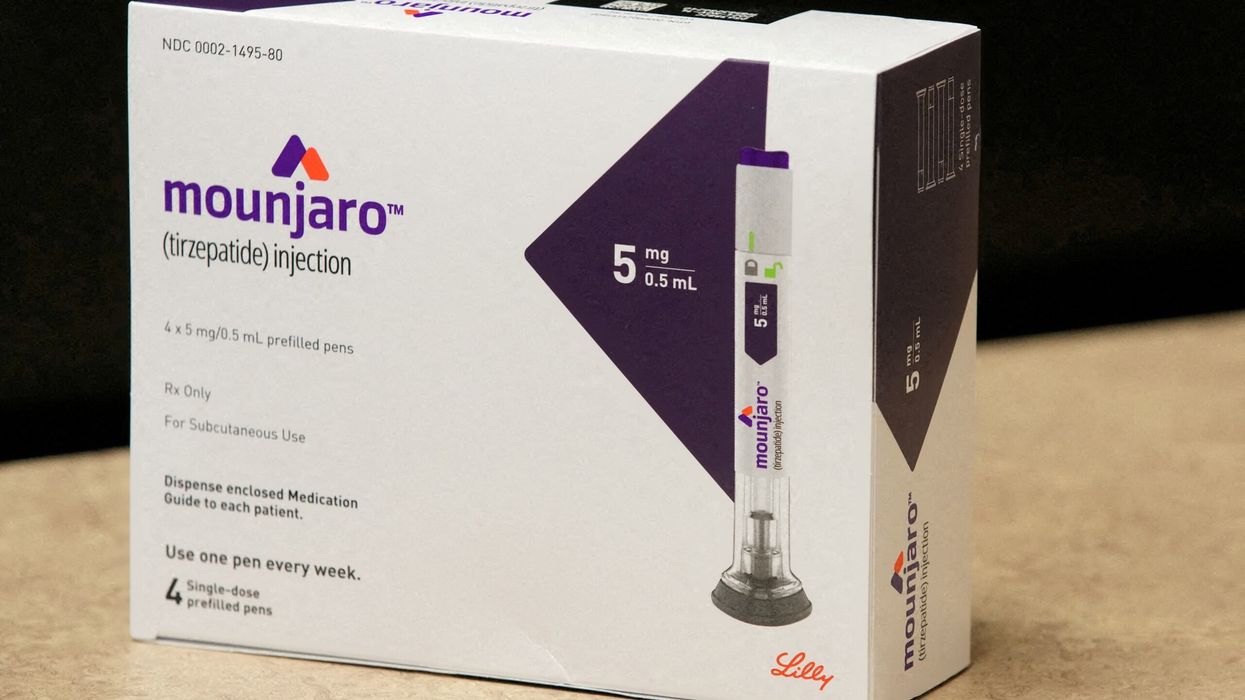US CHIP firm Nvidia on Friday (8) announced AI partnerships with Indian conglomerates Reliance Industries and Tata Group to develop cloud infrastructure and language models, as well as generative applications.
The deals with two of India’s largest business houses will help the US chip firm deepen inroads to the emerging AI ecosystem of the South Asian nation, just as it faces roadblocks in certain chip exports to China and some other countries due to US restrictions.
Nvidia CEO Jensen Huang this week met prime minister Narendra Modi to discuss India’s potential in the AI sector, ahead of the G20 meet in New Delhi where delegates including US President Joe Biden attended.
In the Reliance partnership, Nvidia will provide the computing power required for building a cloud AI infrastructure platform, while Reliance unit Jio will manage and maintain the infrastructure and oversee customer engagement.
“Reliance will create AI applications and services for their 450 million Jio (telecom) customers and provide energy-efficient AI infrastructure to scientists, developers and startups across India,” Nvidia said.
The Nvidia partnership will be used by India’s No.1 software services exporter, Tata Consultancy Services, to build and process generative AI apps and a supercomputer, the companies said. TCS will also upskill its 600,000-strong workforce by leveraging the partnership.
The deal will also catalyse the AI-led transformation across Tata Group companies that range from manufacturing to consumer businesses, the statement added.
Nvidia globally has a nearmonopoly on the computing systems used to power services like ChatGPT, OpenAI’s blockbuster generative AI chatbot.
The partnership will give Reliance access to the latest version of Nvidia’s Grace Hopper Superchip, its AI chips that are optimised to perform AI inference functions that effectively power apps like ChatGPT.

















